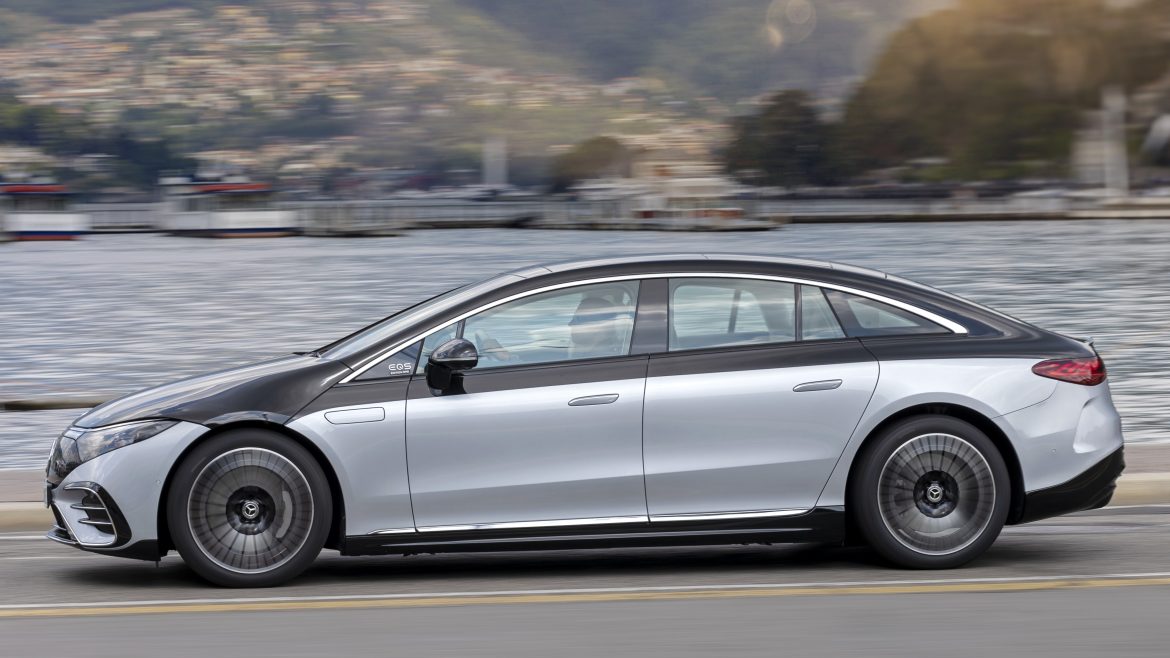Determining the exact range of an electric vehicle (EV) can be as intricate as the science behind its eco-friendly mechanics. Aspects like road conditions, weather, and driving styles contribute to the variability in range. Consumer Reports recently conducted an extensive 70-mile-per-hour highway test, revealing that real-world performance often diverges from the Environmental Protection Agency’s (EPA) estimates. Let’s delve into the details and explore how several prominent EV models fared in the evaluation.
The testing landscape
Consumer Reports meticulously executed the highway test, considering vehicles fully charged with mileage ranging from 2,000 to 15,000 miles. The evaluation took place in conditions approximating 70 to 90 degrees Fahrenheit. Despite these optimal circumstances, nearly 50% of the 22 tested EVs failed to meet their EPA range estimates.
Ford, Lucid, and Tesla: falling short
Among the notable underachievers were models from Ford, Lucid, and Tesla. The Tesla Model S, with an EPA estimate of 405 miles, fell short by 39 miles, while the Lucid Air lagged behind by 40 miles. The Ford F-150 Lightning turned out to be the most disappointing, achieving only 270 miles against its EPA rating of 320 miles.
Other underperformers
Several other EVs from manufacturers such as Audi, Hyundai, Genesis, Nissan, and Kia also failed to match their EPA ratings. However, their discrepancies were relatively modest, ranging from four to five miles. For instance, the Nissan Ariya fell short by just four miles, and the Ioniq 6 missed its target by five miles.
Surprising standouts: BMW and Mercedes-Benz
Contrary to the prevailing trend, BMW’s EVs outperformed their EPA ratings significantly. The i4 surpassed its estimate by 47 miles, and the iX exceeded expectations by 46 miles. The standout performer was the Mercedes-Benz EQE, achieving an impressive 332 miles, outshining its estimated EPA range by a notable 72 miles.
Noteworthy exclusions
Consumer Reports highlights the absence of certain EVs from brands like Chevrolet, Nissan, Polestar, Tesla, and Rivian in this specific test. These models did not meet the criteria set for the evaluation. Therefore, their real-world performance remains a topic for potential future assessments.
Realities of electric vehicle range
Consumer Reports’ comprehensive highway test sheds light on the dynamic nature of real-world electric vehicle ranges. While some models, especially from Ford, Lucid, and Tesla, demonstrated a significant shortfall, others, notably from BMW and Mercedes-Benz, exceeded expectations. The findings underscore the complexity of determining precise EV ranges and emphasize the need for consumers to consider real-world conditions in addition to EPA estimates when evaluating potential electric vehicle purchases.
| Model | EPA Rating | CR Tested Range |
| Audi Q4 50 E-Tron Premium Plus | 241 Miles | 226 Miles |
| BMW i4 M50 | 271 Miles | 318 Miles |
| BMW iX xDrive50 | 324 Miles | 370 Miles |
| Ford F-150 Lightning Lariat ER | 320 Miles | 270 Miles |
| Ford Mustang Mach-E Premium AWD ER | 270 Miles | 299 Miles |
| Genesis Electrified GV70 Advanced | 236 Miles | 220 Miles |
| Genesis GV60 Advanced | 248 Miles | 251 Miles |
| Hyundai Ioniq 5 SEL AWD | 256 Miles | 267 Miles |
| Hyundai Ioniq 6 SEL AWD | 270 Miles | 265 Miles |
| Kia EV6 Wind AWD | 274 Miles | 277 Miles |
| Kia Niro EV Wind | 253 Miles | 239 Miles |
| Lexus RZ 450e Premium | 220 Miles | 202 Miles |
| Lucid Air Touring | 384 Miles | 344 Miles |
| Mercedes-Benz EQE 350 4Matic | 260 Miles | 332 Miles |
| Mercedes-Benz EQE SUV 350 4Matic | 253 Miles | 284 Miles |
| Mercedes-Benz EQS 580 4Matic | 340 Miles | 380 Miles |
| Mercedes-Benz EQS SUV 450 4Matic | 285 Miles | 314 Miles |
| Nissan Ariya Platinum+ AWD | 257 Miles | 253 Miles |
| Rivian R1T | 314 Miles | 344 Miles |
| Subaru Solterra Limited | 222 Miles | 210 Miles |
| Tesla Model S Long Range | 405 Miles | 366 Miles |
| Volkswagen ID.4 Pro S AWD | 240 Miles | 253 Miles |



